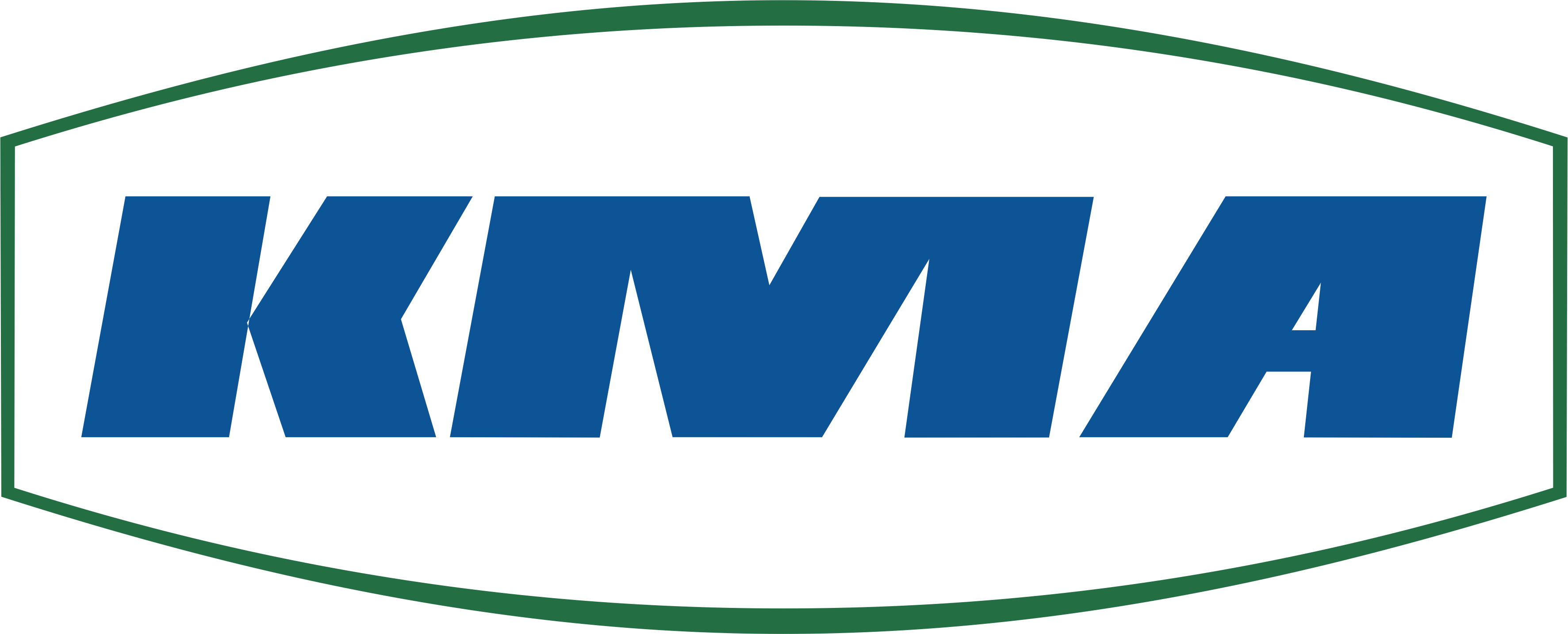Oil separation
Oil separation
The term oil separation describes the filtration of oil mist or oil smoke with specially adapted filtration systems for the recovery of oils. Such a separation is particularly important in production plants where CNC machines or forging presses are used, as well as in deep-frying and roasting plants.
The oil separation is based on a two-stage filtration concept. Two high-performance electrostatic precipitator modules are connected in series. The double filtration efficiently separates all oil residues from the exhaust air stream. A single-stage electrostatic precipitator is used for the separation of emulsion mists. If required, the filtration concept can be extended by additional stages.
To ensure a high degree of separation of oils and fats from the exhaust air stream, the exhaust air is enclosed above the emission source and directed to the filter module.
Inside the electrostatic precipitator an ionization electrode generates a strong electric field with little energy input. The resulting charge difference forces dust particles, smoke, aerosols or other contaminants in the incoming exhaust air to the collector plates. This is where the impurities accumulate. Liquid residues flow downwards into an external tank, where they can be recycled and reused. However, a high-grade recycling process and reuse of oils is only possible if the same oily or pasty products are used on the respective production machines. For a mixture of oily residues of different product types, a high-grade recycling and subsequent reuse is possible.
When oil or products containing oil are recovered and recycled, they are pumped back to the respective machining centre.
Related posts







